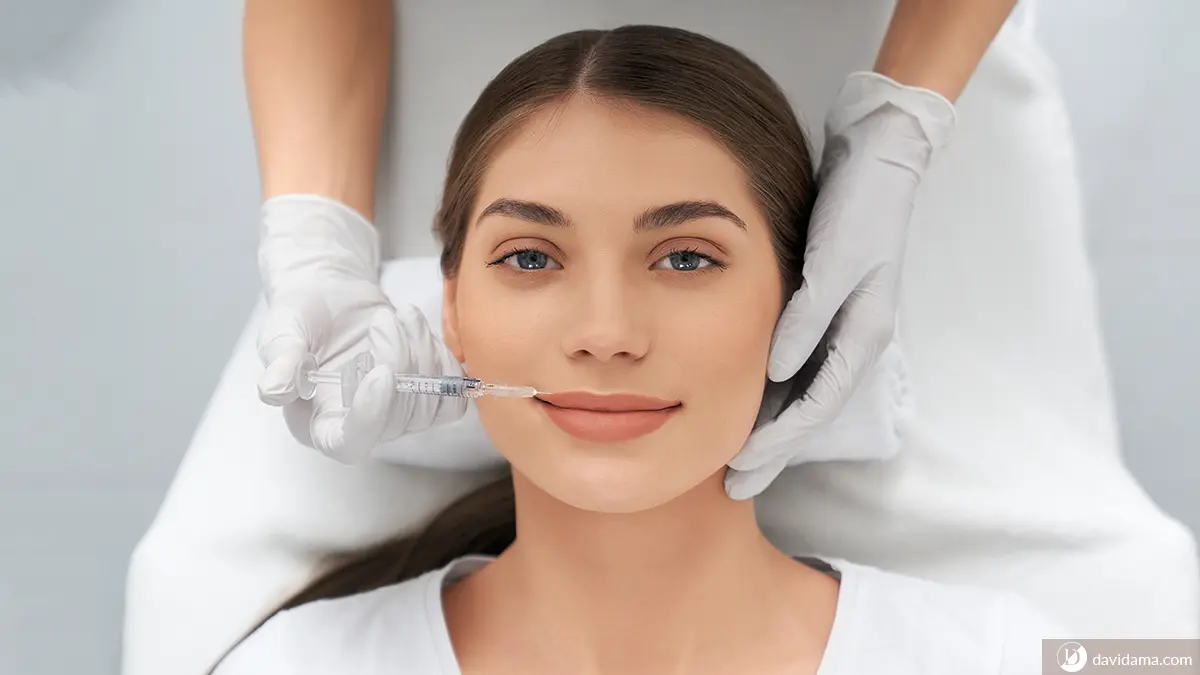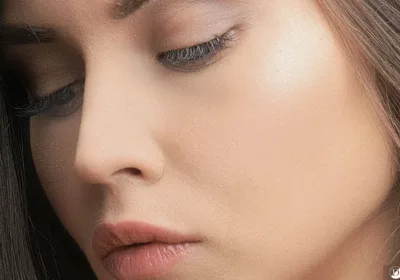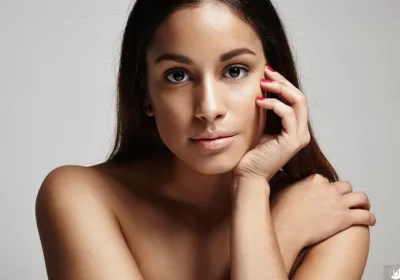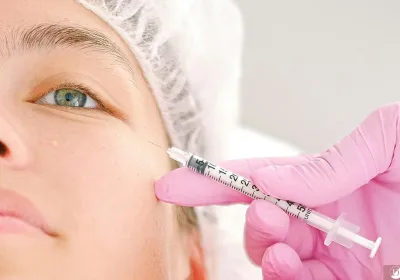Types of Dermal Fillers: A Comprehensive Guide

Dermal fillers have become a popular solution for individuals seeking to restore volume, smooth out wrinkles, and enhance facial features without undergoing surgery. With advancements in cosmetic dermatology, there are now several types of dermal fillers available, each formulated to address specific concerns. Understanding the different options can help you make an informed decision with your healthcare provider.
What are Dermal Fillers?
Dermal fillers are injectable substances used to plump up the skin, reduce signs of aging, and sculpt facial contours. Most fillers are temporary, lasting from several months to over a year, depending on the material used and the area treated.
At its core, the main purpose of injectable fillers is to change one’s appearance. This is one of the main reasons why fillers rose to popularity in the 80’s. In fact, they are the second most common nonsurgical cosmetic procedure in the United States. They are particularly effective for addressing wrinkles, scars, enhancing facial features, volume deficiency, and special areas of the lips.
The variety of available dermal fillers increases annually. For this reason, DaVida Medical & Aesthetics’ medical providers stay informed about the latest options. Doing so ensures safe and effective treatments.
Common Types of Dermal Fillers
Below are the main types of dermal fillers, categorized by their key ingredients:
1. Hyaluronic Acide (HA) Fillers
Hyaluronic acid is a naturally occurring substance in the skin that helps retain moisture and elasticity. HA fillers are among the most commonly used and have a gel-like consistency.
Popular Brands at DaVida Medical & Aesthetics:
- Juvederm
- Restylane
Uses:
- Lip augmentation
- Nasolabial folds
- Under-eye hollows
- Cheek enhancement
Pros:
- Immediate results
- Minimal downtime
- Can be reversed using hyaluronidase
2. Poly-L-lactic Acid Fillers
This synthetic filler stimulates collage production gradually, offering subtle and long-term improvements.
Popular Brands at DaVida Medical & Aesthetics:
- Sculptra
Uses:
- Facial volume loss
- Hollow cheeks and temples
Pros:
- Long-lasting (up to 2 years)
- Natural-looking results over time
What Happens Before a Dermal Filler Procedure?
At DaVida Medical & Aesthetics, before you get dermal fillers, you’ll have a consultation with our injectors. They will examine your face as well as ask questions about your goals and areas you would like to enhance.
Next, they mark your face with marker or pen to show where the injections will be. Generally, photos are also taken of your face. After these steps, your medical provider recommend specific types of fillers, review recovery time, and possible side effects.
Also during this consultation, your medical provider will ask questions about your medical history. When answering, be as thorough as possible, particularly if you’re taking any medications. Some drugs can increase the risk of complications after getting fillers. So, tell your medical provide if you have:
- Neurological problems
- Allergies
- Skin conditions
- History of bleeding or bruising after similar procedures
Choosing the Right Type of Dermal Filler
The ideal filler depends on various factors, including:
- Treatment area
- Desired longevity
- Medical history
- Skin type
- Budget
- Medical provider’s recommendation
Consulting with a medical providers who specialize has advanced experience working with fillers ensures a more optimal outcome.
Final Thoughts
With the variety of types of dermal fillers on the market, there’s a solution for nearly every aesthetic concern. Whether you’re looking to smooth wrinkles, restore lost volume, or enhance facial features, understanding the properties of each filler type can help you achieve natural-looking, satisfying results.
You may also enjoy reading: Hyperhidrosis: Stop the Sweat with Botox or Brella






